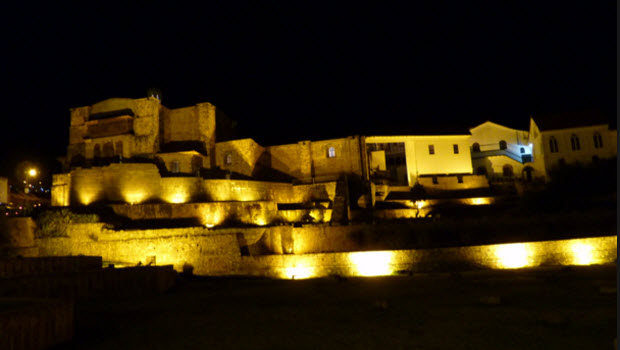
A history travel must: tour Cusco’s Koricancha Sun Temple
☼ Inca Tours and Travel Adventures ☼
In Quechua “Koricancha” (aka Coricancha or Qoricancha) means “courtyard of gold” — and to the utter amazement of the Spanish Conquistadors, that’s exactly what they beheld when they first laid eyes on the glimmering temple complex.
The massive, gold plated walls caught the rays of the setting sun.
This stupefying architectural marvel was the most sacred of Inca shrines, presided over by the chief astronomer priest, the Huillac-Umu.
The Spanish stripped the gold, and razed the temple to build the Church and Convent of Santo Domingo on top of its foundation.
But much of the complex, including its curved, once-gold covered, outer wall remains intact.
The Koricancha had six major structures, sanctuary temples to venerate the Sun, Moon, Stars, Lightning and Rainbows, as well as a residence for its priests.
You Might Also Like: Which experiences are best for private tours in Cusco?
These chambers were revealed when an earthquake damaged the convent in 1953.
You can now walk through several of the original temple chambers to witness trapezoidal archways and sloping anti-seismic walls, the most intricate and seamless stonework found in Peru.
The the temples were built around the Inti Pampa, or Field of the Sun. At its center was a fountain, on which was mounted the legendary Inca Sunburst, a solid gold image of the sun.
According to the Chronicler Pedro de Cieza de León, the surrounding fields were strewn with a golden mimicry of plants: maize, actual size, was “planted” and its stalks cunningly wrought in gold.
“The garden where the clods [of earth] were pieces of fine gold, and it was artificially sown with cornfields which were of gold, as well as the stems of the leaves and the [corn] cobs. Besides all this they had more than twenty llamas of gold with their young, and the [indigenous] shepherds life-size, with their slings and crooks to watch them … all made of gold.”
The treasure was looted from the temple and used as ransom to free Inca Emperor Atahualpa, who was being held prisoner in Peru’s northern town of Cajamarca. Upon delivery of the treasure, the Spanish murdered Atahualpa anyway.
So how do we know the incredible chronicle account of gold artifacts at the Koricancha are more than myth?
For one, the King of Spain’s inspector, Miguel de Estete, officially recorded every ounce of gold received in Cajamarca. He also described what he saw, all but confirming Cieza’s account: “straws made of solid gold, with their spikes just as they grow in the fields. And if I was to recount all the different varieties in the shape of gold my story would never end…'”
Koricancha and Santo Domingo are a must-experience for anyone visiting Cusco. Contact Fertur Peru, your Peru travel agency, about this and other Cusco tours.
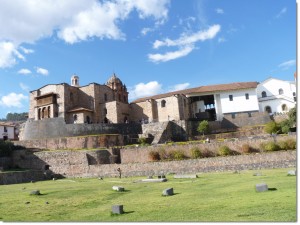
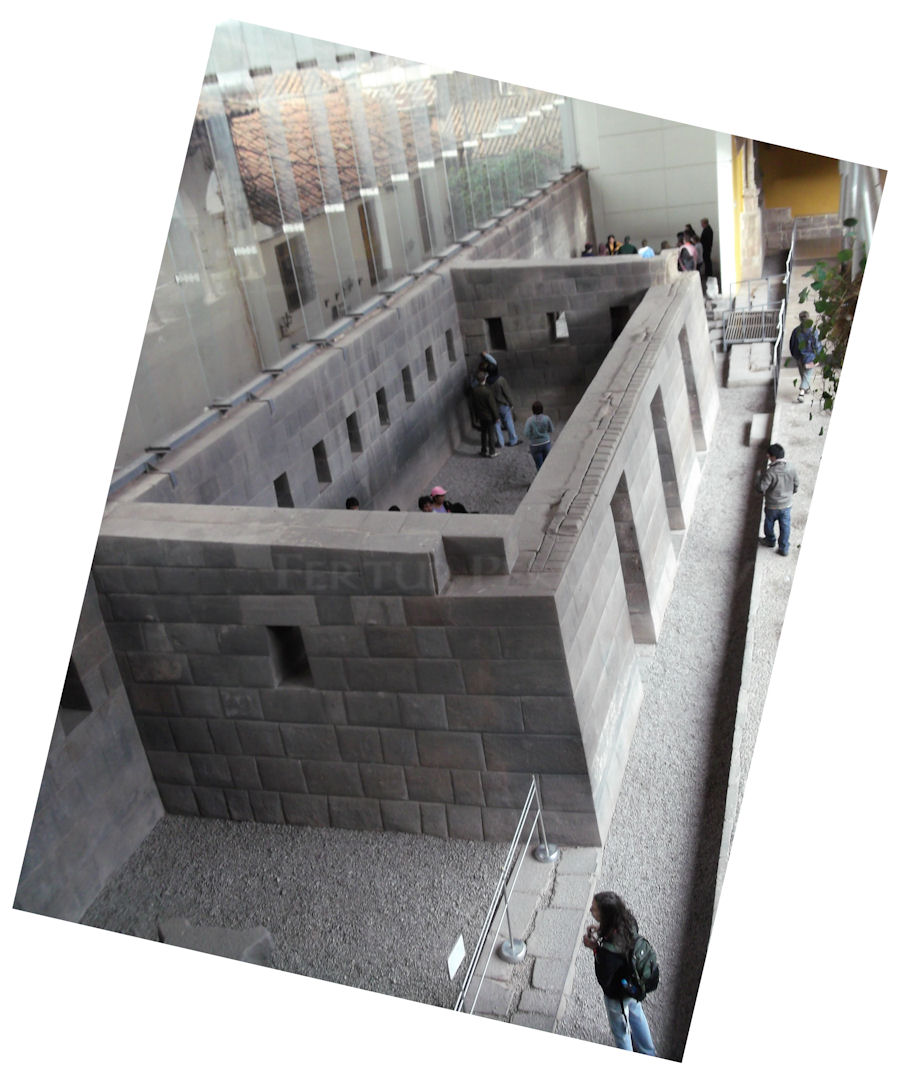
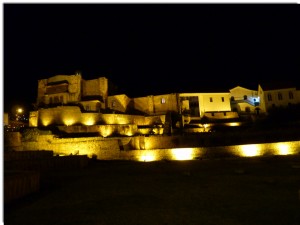
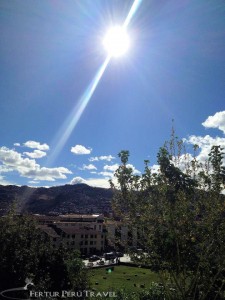
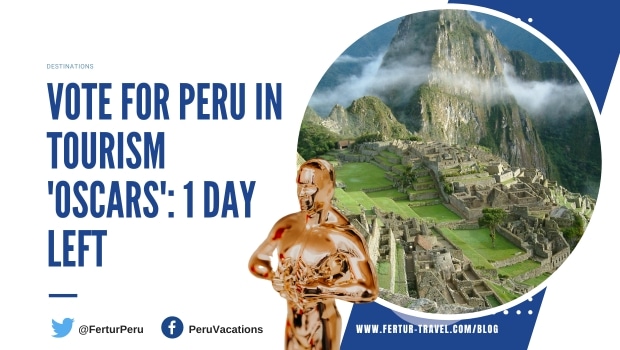 World Travel Awards: One Day Left to Vote for Peru in the ‘Oscars of Tourism’
World Travel Awards: One Day Left to Vote for Peru in the ‘Oscars of Tourism’ 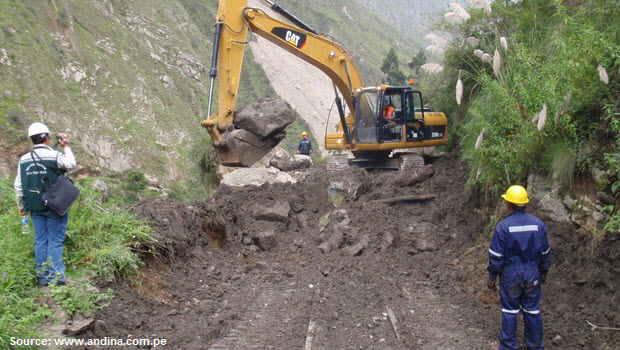 Partial train service to Machu Picchu to be back on track March 29
Partial train service to Machu Picchu to be back on track March 29 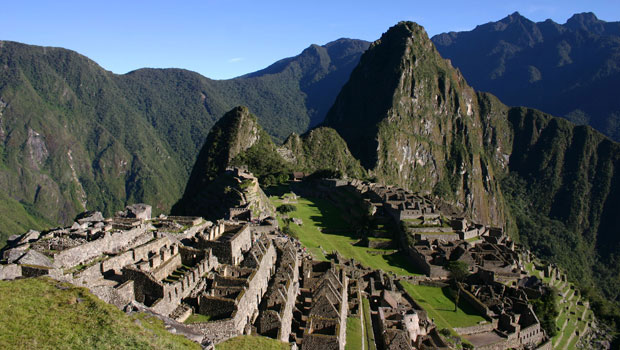 Update: Cusco regional governor pushes for mid-March reopening of Machu Picchu; rail repairs still on track for April 1 completion
Update: Cusco regional governor pushes for mid-March reopening of Machu Picchu; rail repairs still on track for April 1 completion 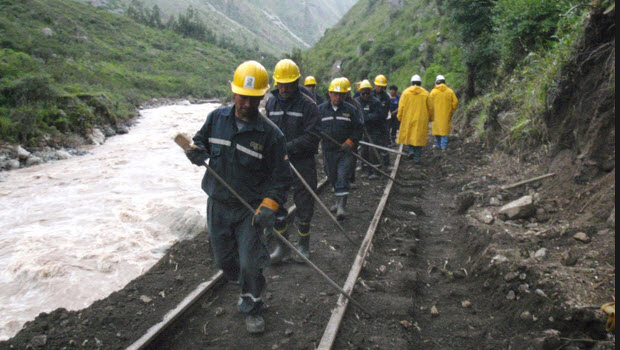 Peru president pledges to re-establish train to Machu Picchu within 2 months and help residents rebuild after flooding
Peru president pledges to re-establish train to Machu Picchu within 2 months and help residents rebuild after flooding 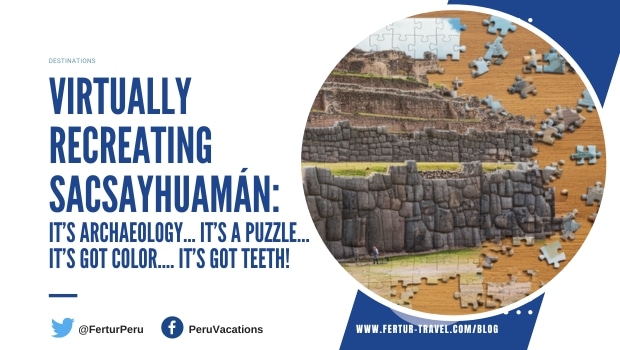 A cutting-edge Sacsayhuaman archaeology dig with teeth
A cutting-edge Sacsayhuaman archaeology dig with teeth 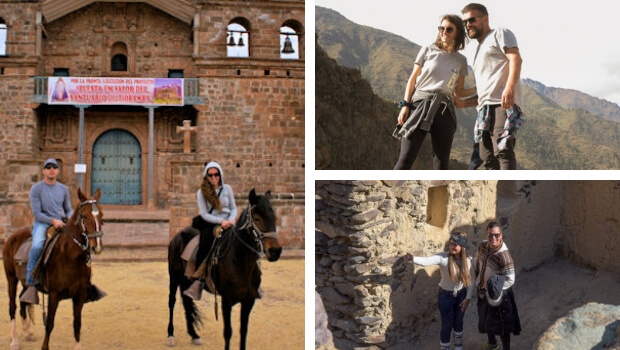 Top 6 Wonderful Destinations for a Romantic Honeymoon in Peru
Top 6 Wonderful Destinations for a Romantic Honeymoon in Peru
Nice place to see it
Very nice to place to see in cusco